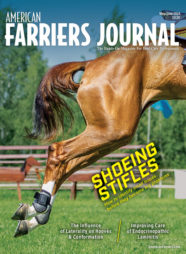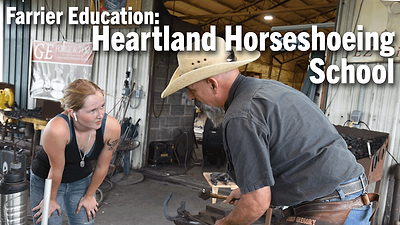The fatal injury rate of racehorses increased slightly in 2023 but ranks as the second lowest since the start of The Jockey Club’s Equine Injury Database analysis.
The Equine Injury Database reports that the 2023 fatal injury rate was 1.32 per 1,000 starts. Of the racetracks participating in the EID, 99.87% of flat racing starts were completed without fatality. The lowest rate of 1.25 was recorded in 2022. The statistics are compiled based on “injuries that resulted in fatalities within 72 hours” from the race date, according to the EID. The results exclude steeplechase races.
“There was a slight increase in the rate of fatality from 2022 to 2023 of 5.6%,” says Tim Parkin, head of school and professor of veterinary epidemiology at the University of Bristol. “However, this is not statistically significant, and we are encouraged by the low numbers in 2023 that the industry is still headed in the right direction with regard to keeping its horses safe.”
Since the EID was instituted in 2009 when there were 2 fatalities per 1,000 starts, there has been a 34% decrease in the risk of fatal injury.
“This change is statistically significant (p<0.001),” Parkin says. “This is equivalent to 171 fewer horses sustaining a fatal injury racing in 2023 than would have occurred had the number of starts remained constant since 2009.”

Horses that are 2 years old had the lowest rate of racing fatality at 0.79. Those that are 4 or older had the highest at 1.38, closely followed by 3-year-old horses at 1.37. Synthetic track surfaces had the lowest rate of fatality at 0.97, while dirt had the highest at 1.43. Turf recorded a 1.13 fatality rate. Races that were less than 6 furlongs had the lowest fatality rate at 1.22, followed by races greater than 8 furlongs (1.32) and 6-8 furlongs (1.37). Tracks that are under the Horseracing Integrity and Safety Authority (HISA) had a fatality rate of 1.23, while non-HISA tracks were 1.63.
“HISA’s most important goal is driving down equine fatalities,” says Lisa Lazarus, HISA CEO. “We undoubtedly have significant work ahead of us, but I am pleased to see the rate is trending in the right direction. The reduction in the rate of equine fatalities at tracks under our jurisdiction demonstrates that setting high standards for racetrack safety and anti-doping and medication control across the country makes Thoroughbred racing safer.”








Post a comment
Report Abusive Comment